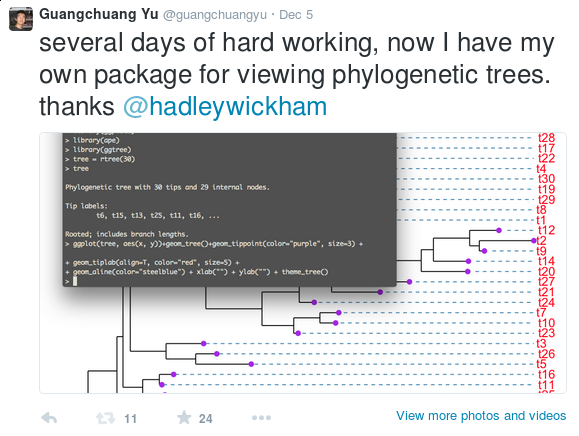The SIR model divides the population to three compartments:
Susceptible, Infected and Recovered. If the disease dynamic
fits the SIR model, then the flow of individuals is one direction from
the susceptible group to infected group and then to the recovered group.
All individuals are assumed to be identical in terms of their
susceptibility to infection, infectiousness if infected and mixing
behaviour associated with disease transmission.
We defined: $S_t$ = the number of susceptible individuals at time t
$ I_t $ = the number of infected individuals at time t
$R_t$ = the number of recovered individuals at time t
Suppose on average every infected individual will contact $\gamma$
person, and $\kappa$ percent of these $\gamma$ person will be
infected. Then on average there are $\beta = \gamma \times \kappa$
person will be infected an infected individual.
Continue reading
